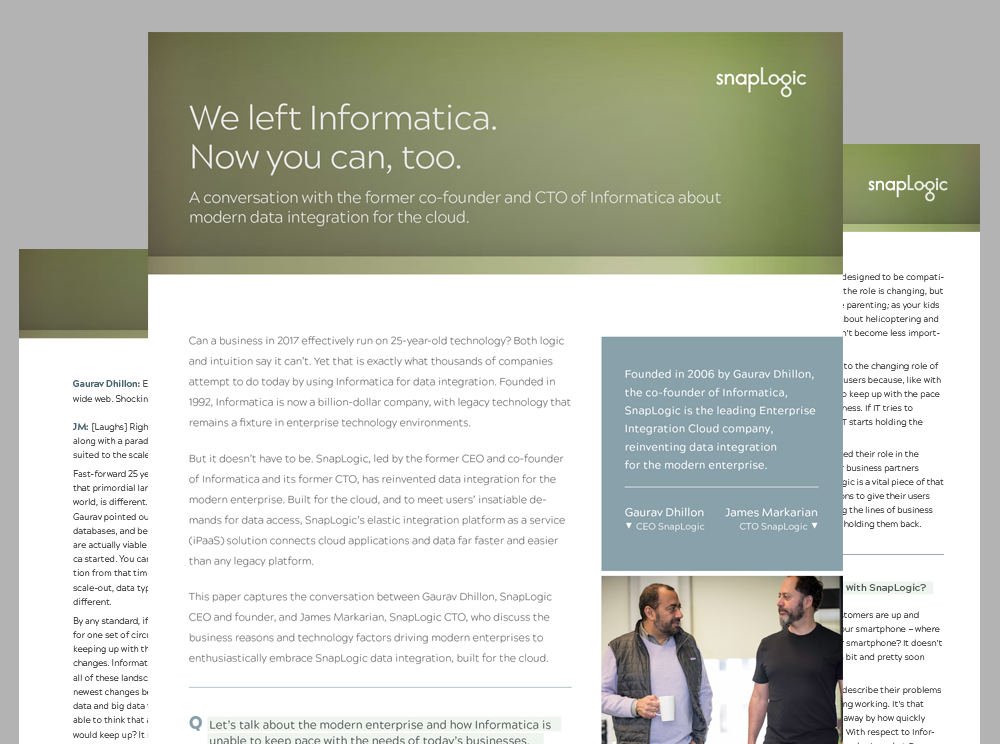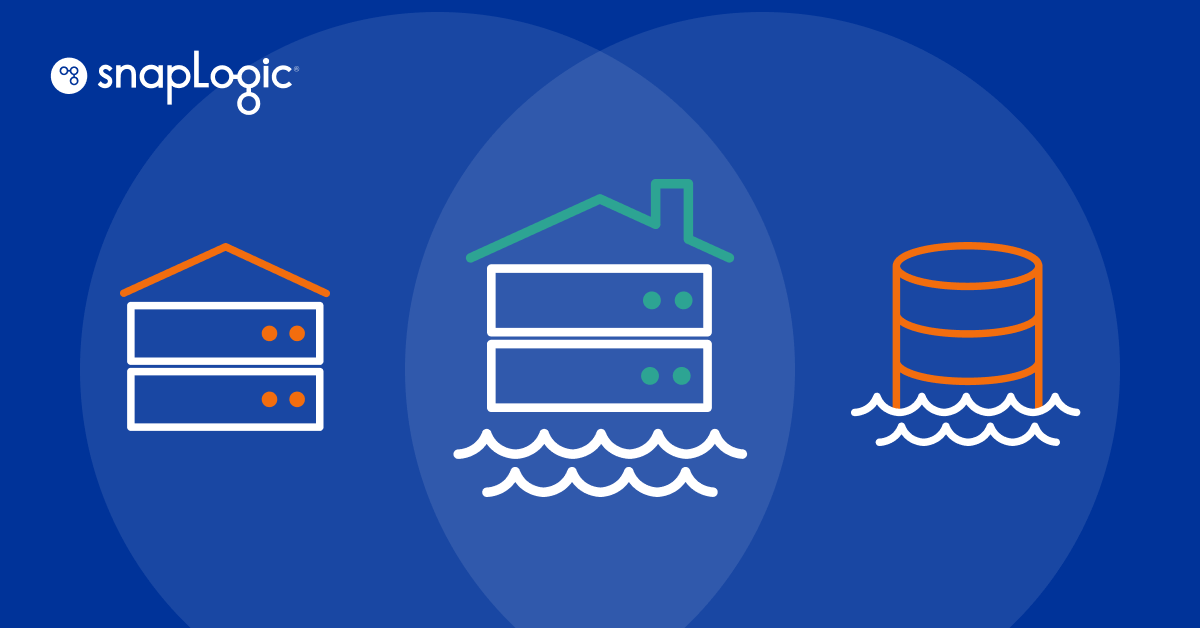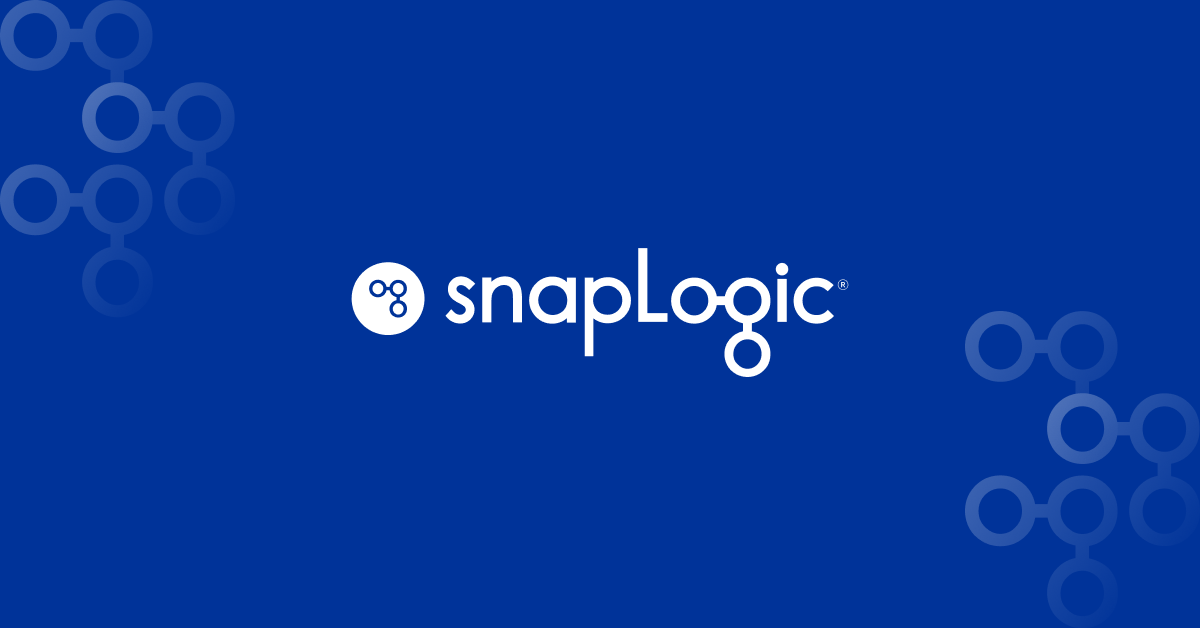 Informatica is one of the biggest, oldest names in enterprise technology. It’s a company I co-founded in 1992 and left over 10 years ago. Although the reasons why I left can be most easily summarized as “disagreements with the board over the direction of the company,” it all boils down to this: aging enterprise technology doesn’t move fast enough to keep up with the speed of today’s business.
Informatica is one of the biggest, oldest names in enterprise technology. It’s a company I co-founded in 1992 and left over 10 years ago. Although the reasons why I left can be most easily summarized as “disagreements with the board over the direction of the company,” it all boils down to this: aging enterprise technology doesn’t move fast enough to keep up with the speed of today’s business.
About a year after I left, I founded SnapLogic, a company that has re-invented data integration for the modern enterprise — an enterprise that is increasingly living, working and innovating in the cloud. The pace at which enterprises are shifting operations to the cloud is reflected in stats like this: According to Forrester Research, the global public cloud market will top $146 billion in 2017, up from $87 billion in 2015.
Should you ride a horse to the office?
 Given the tidal wave of movement to the cloud, why would a company stick with Informatica? Often, it’s based on decisions made in the last century, when CIOs made strategic commitments to this legacy platform. If you’re the CIO of that shop today, you may or may not have been the person who made that decision, but here you are, running Informatica.
Given the tidal wave of movement to the cloud, why would a company stick with Informatica? Often, it’s based on decisions made in the last century, when CIOs made strategic commitments to this legacy platform. If you’re the CIO of that shop today, you may or may not have been the person who made that decision, but here you are, running Informatica.
Going forward, does it make sense to keep running the company on Informatica? The truthful answer is it can, just as you can run a modern company on a mainframe. You can also ride a horse to the office. But is it something you should do? That’s where I say “no.” The direct path between a problem and a solution is to use appropriate technologies that are in synch with the problems being solved, in the times and the budget that are available today. That is really the crux of Informatica inheritance versus the SnapLogic future.
It’s true that the core guts of what is still Informatica — the underlying engine, the metadata, the user interface and so on — have to some extent been replenished. But they are fundamentally still fixed in the past. It’s like a mainframe; you can go from water cooling to air cooling, but fundamentally it’s still a mainframe.
The high price of opportunity cost
IT and business people always think about sunk costs, and they don’t want to give up on sunk costs. Informatica shops have invested heavily in the application, and the people, processes, iron and data centers required to run it; these are sunk costs.
But IT and business leaders need to think about sunk opportunity, and the high price their companies pay for missing out because their antiquated infrastructure — of which Informatica is emblematic — doesn’t allow them to move fast enough to seize opportunity when they see it.
Today, most enterprises are making a conscious decision to stop throwing good money after bad on their application portfolios. They recognize they can’t lose out on more opportunities. They are switching to cloud computing and modern enterprise SaaS. As a result, there’s been a huge shift toward solutions like Salesforce, Workday and Service Now; companies that swore they would never give up on-premise software are moving their application computing to the cloud.
Game, set, match point
In light of that, in a world that offers new, ultra-modern technology at commodity prices, you start to realize, “We ought to modernize. We should give up on the sunk costs and instead think of the sunk opportunity of persisting with clunky old technology.”
This is the “match point” that SnapLogic can defend into eternity. Hundreds of our customers around the globe testify to that. Almost all of these companies had some flavor of Informatica or its competitor, and they have made the choice to move to SnapLogic. Some have moved completely, in a big bang, and others have side-by-side projects and will migrate completely to SnapLogic over time.
Need more reasons to move fast? Read SnapLogic’s new whitepaper that captures my conversation with James Markarian, SnapLogic’s CTO and also an Informatica alumnus: “We left Informatica. Now you can, too.”








